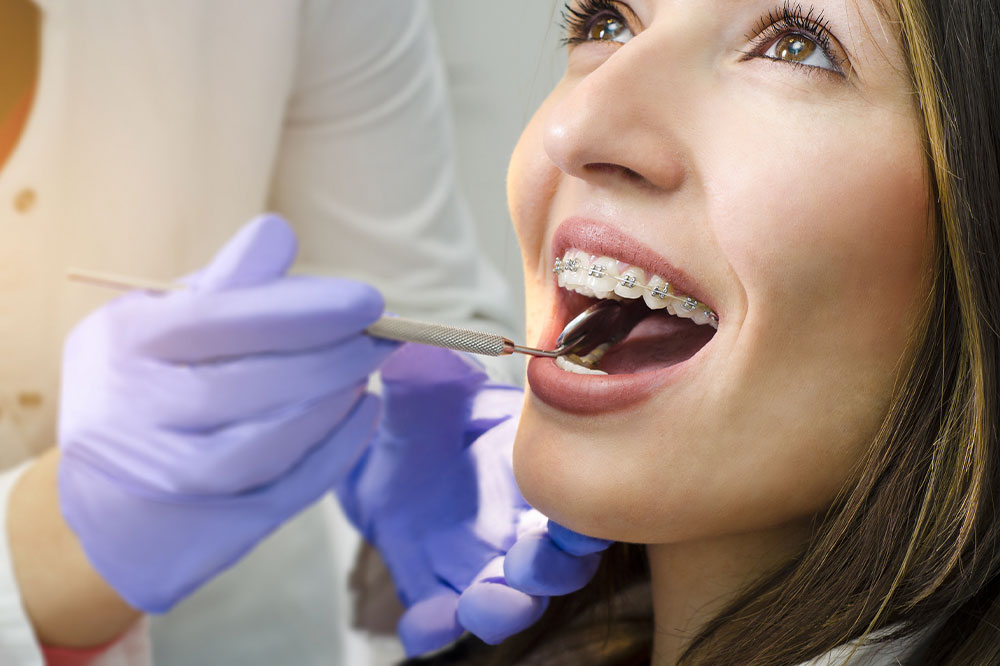
A complete guide to getting teeth braces
Teeth braces are widely recognized as an effective orthodontic solution for addressing misaligned or crooked teeth. This article presents a detailed and authentic guide on teeth braces, including their cost, types, potential side effects, and many benefits associated with their usage. Whether you are contemplating braces for yourself or someone dear to you, this article is designed to empower you with essential information, enabling you to make a well-informed decision.
Types of teeth braces
Traditional metal braces
Traditional metal braces are the most prevalent and recognizable among the various types of braces available. These braces comprise metal brackets that are attached to the front surface of each tooth and connected by wires.
Ceramic braces
Ceramic braces share similarities with traditional metal braces but utilize tooth-colored or clear brackets instead of metal ones. This characteristic makes them less conspicuous, providing a more discreet treatment option.
Lingual braces
Lingual braces have become a popular choice for orthodontic treatment due to their ability to provide a discreet solution for individuals who wish to enhance their smile without visible brackets.
Invisalign
Invisalign is a widely embraced substitute for conventional braces, renowned for its effectiveness. This innovative approach entails utilizing a sequence of transparent aligners that are easily removable, allowing for the gradual adjustment of teeth to achieve the desired alignment.
Cost of teeth braces
The cost of teeth braces can differ based on several factors, such as the type of braces, the complexity of the dental problem, and the geographical location of the dental clinic. Typically, braces can cost anywhere between $3,000 and $7,000. It is crucial to seek advice from an orthodontist to determine the most appropriate treatment option for your specific needs and obtain an accurate cost estimation.
Side effects of teeth braces
While teeth braces are generally safe and well-tolerated, some individuals may experience minor side effects during the treatment process. These side effects may include:
Discomfort or soreness
It is common to experience mild discomfort or soreness after the braces are installed or after adjustments. This discomfort usually subsides within a few days.
Irritation of soft tissues
Braces may cause temporary irritation or sores on the gums, lips, or cheeks. Orthodontic wax can be applied to alleviate discomfort and prevent further irritation.
Speech changes
Initially, braces may affect speech temporarily. This usually improves as the mouth adapts to the braces.
Food restrictions
Certain foods like sticky candies or hard nuts can damage braces or get stuck. It is recommended to avoid such foods during orthodontic treatment.
Oral hygiene challenges
Proper oral hygiene becomes more important with braces. It may require more effort to clean around the brackets and wires effectively.
Benefits of teeth braces:
- Enhanced aesthetics
- Improved oral function
- Long-term oral health
- Boosted self-confidence
If you’re looking for a solution to correct misaligned teeth and improve your oral function and smile aesthetics, teeth braces are a reliable and effective option. Several types of braces are available, each with their own long-term benefits. Despite the varying cost of braces, investing in a healthier smile and increased self-confidence is priceless. It’s best to consult an orthodontist to determine which braces are most suitable for your needs. This will help you start a journey toward a straighter, more beautiful smile.




